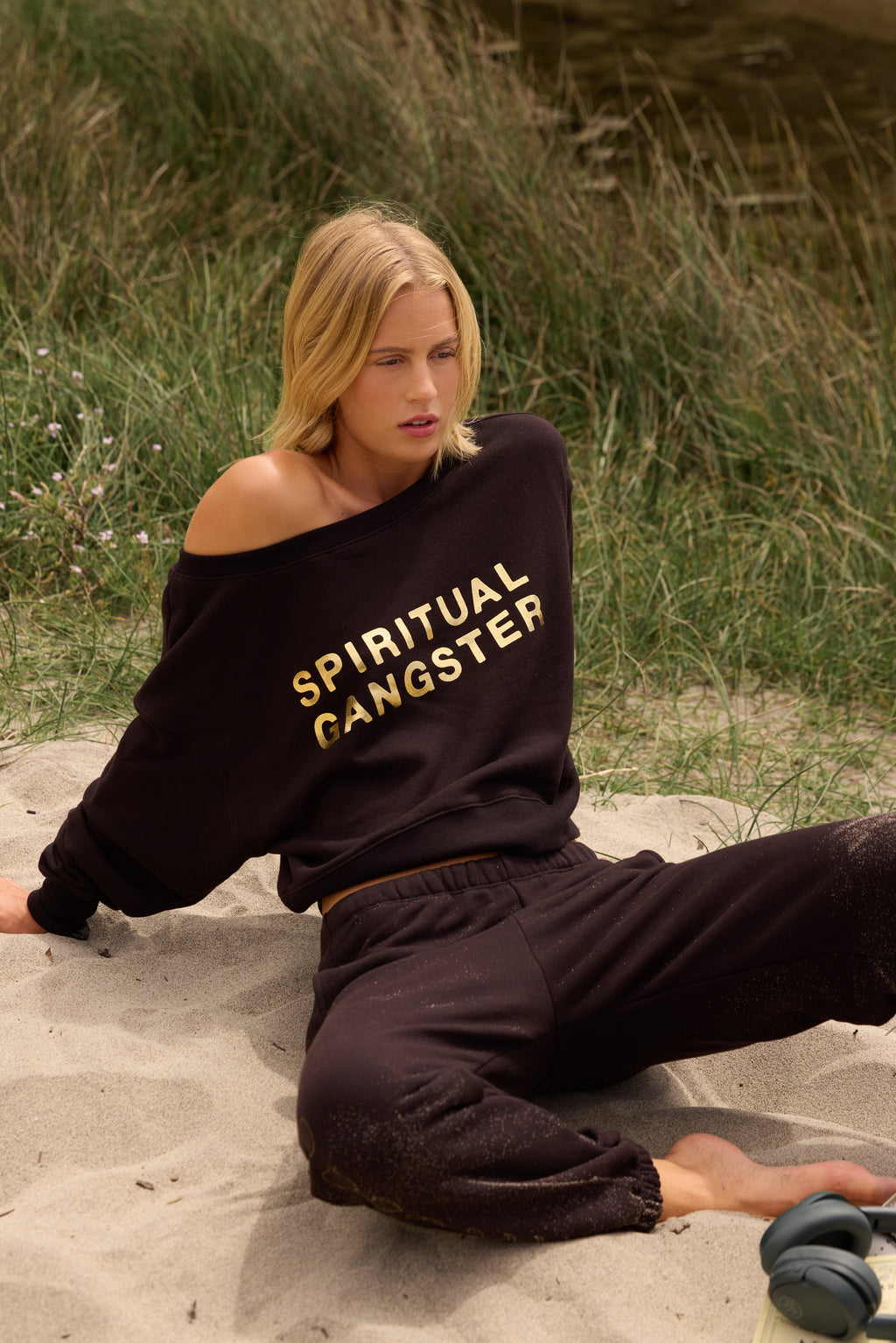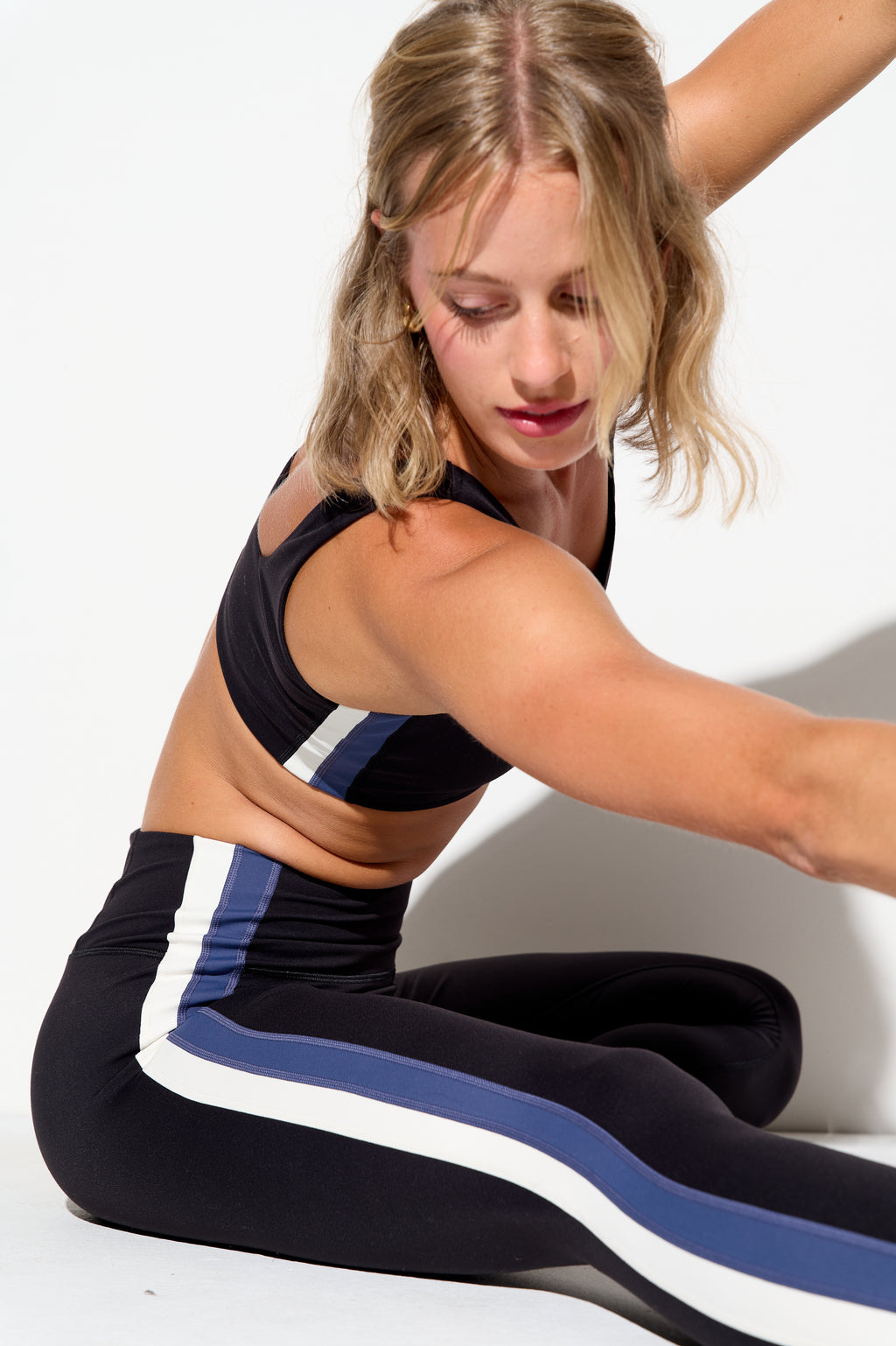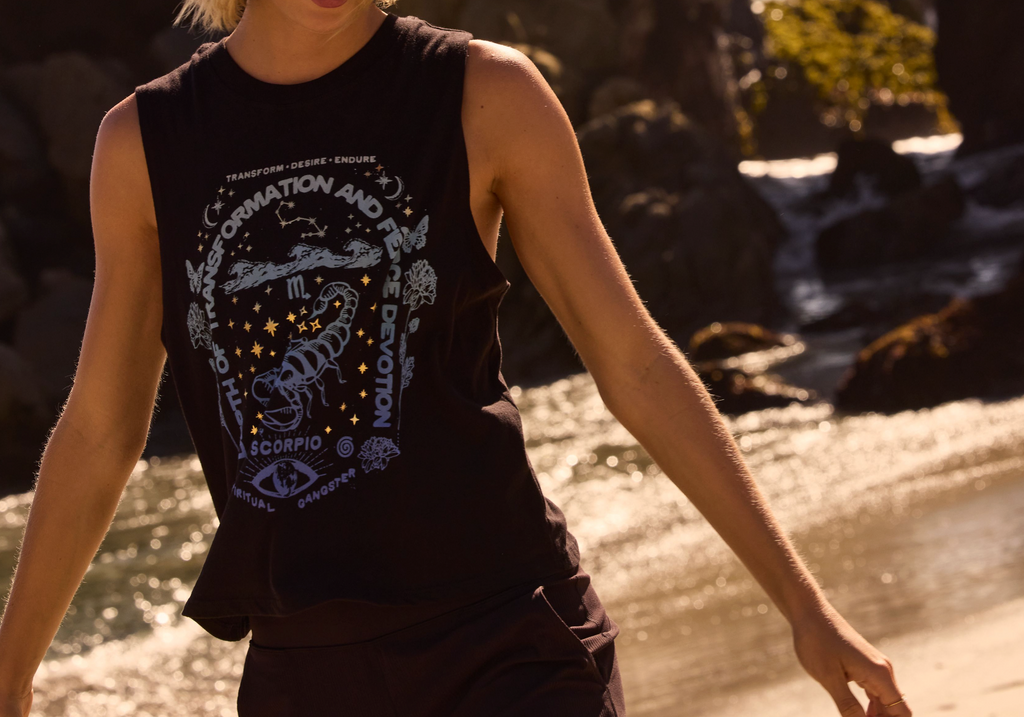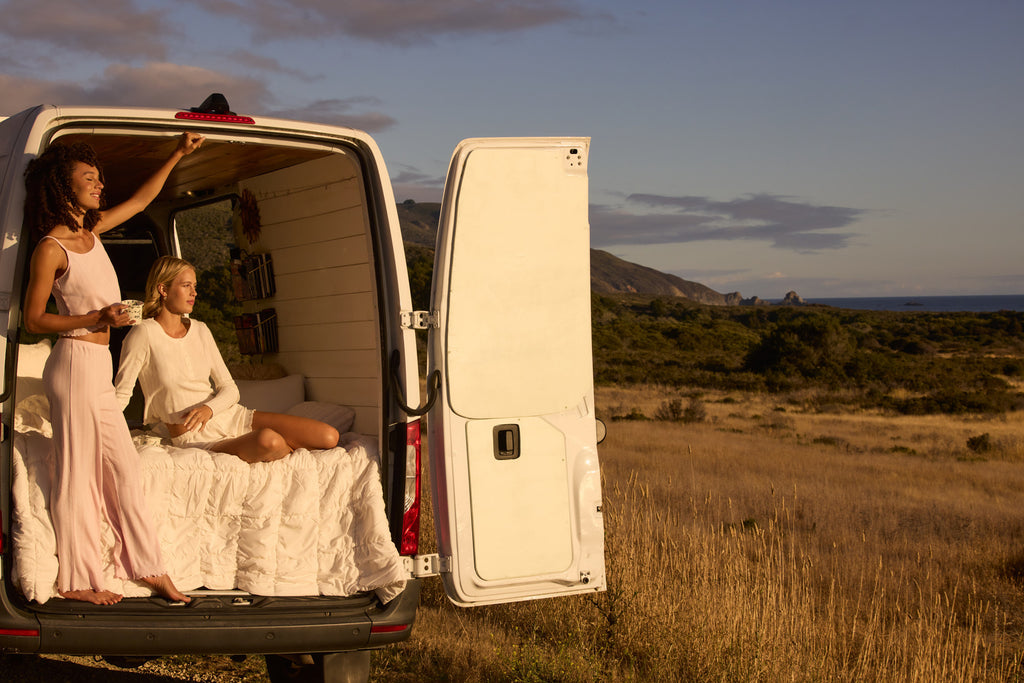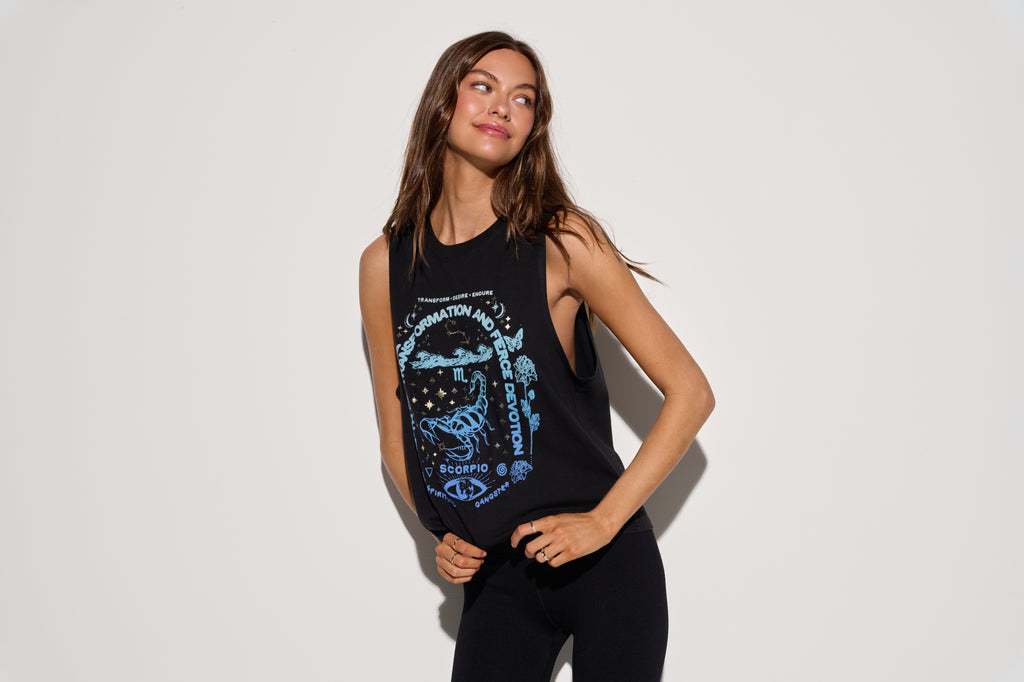The Yoga Diaries Pt. 2: Attitude Is Everything
At any given time, we have an infinite amount of choices. Choices on how we react, how we perceive and how we greet any situation.
It’s in these very choices that we claim control over how we lead our lives. If I walk away with anything from this training, it’s with the above sentence in my complete understanding, and the confidence to navigate life acknowledging it. Here are my thoughts from week 2 and 3 of my 300hr yoga teacher training:
Attitude really is everything
The start of the series had me saying I was chasing change and seeking growth. Well, after this past month, I can definitely testify to being served those very two things.
A lot has happened in the past 30 days. And as the 300hr YTT with Zuna Yoga nears its end, the shift from Part 1 of this diary series, to Part 2 and later on, part 3, requires a moment of reflection.
It could have been the fact that Mercury was heavily in retrograde at the time, along with a few other planets, but wow, did everyone feel a strange and sometimes intense vibe.
Let’s just say there were a couple hurdles I had to overcome on a personal level (Bali Belly and getting my personal belongings stolen, among the list —these remain material things, I digress) but equally within my practice as a yoga student and teacher.
And you know what? Life is human in that way. It serves you the dish you asked for, only you really don’t know how it’s going to taste 'til you get a mouthful.
I don’t know if it was the high volume of hours on the mat, in meditation, understanding what it truly means to take a full breath, but something genuinely shifted in each one of us attending the training: Namely, our attitudes and how we gained perspective in every situation.
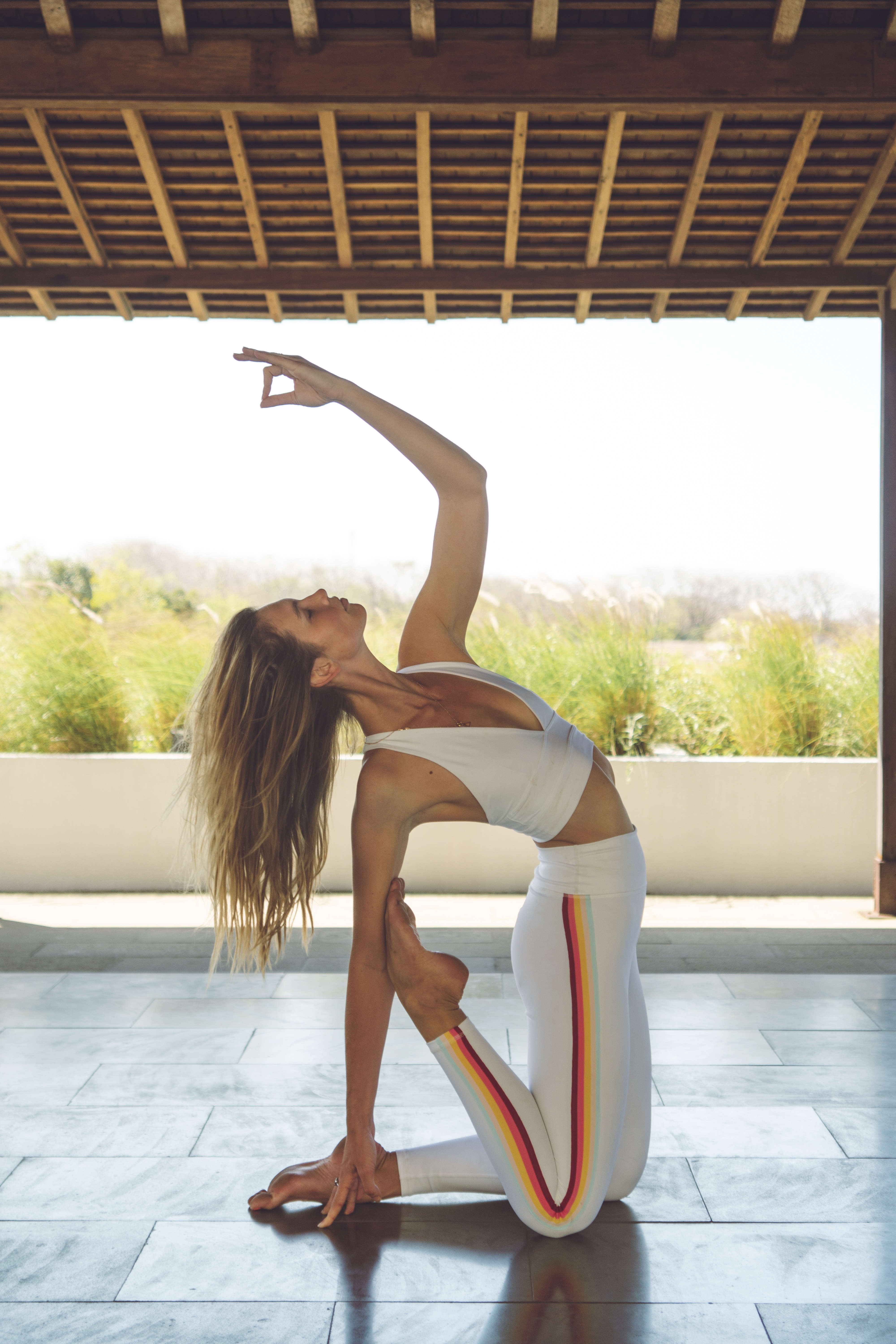
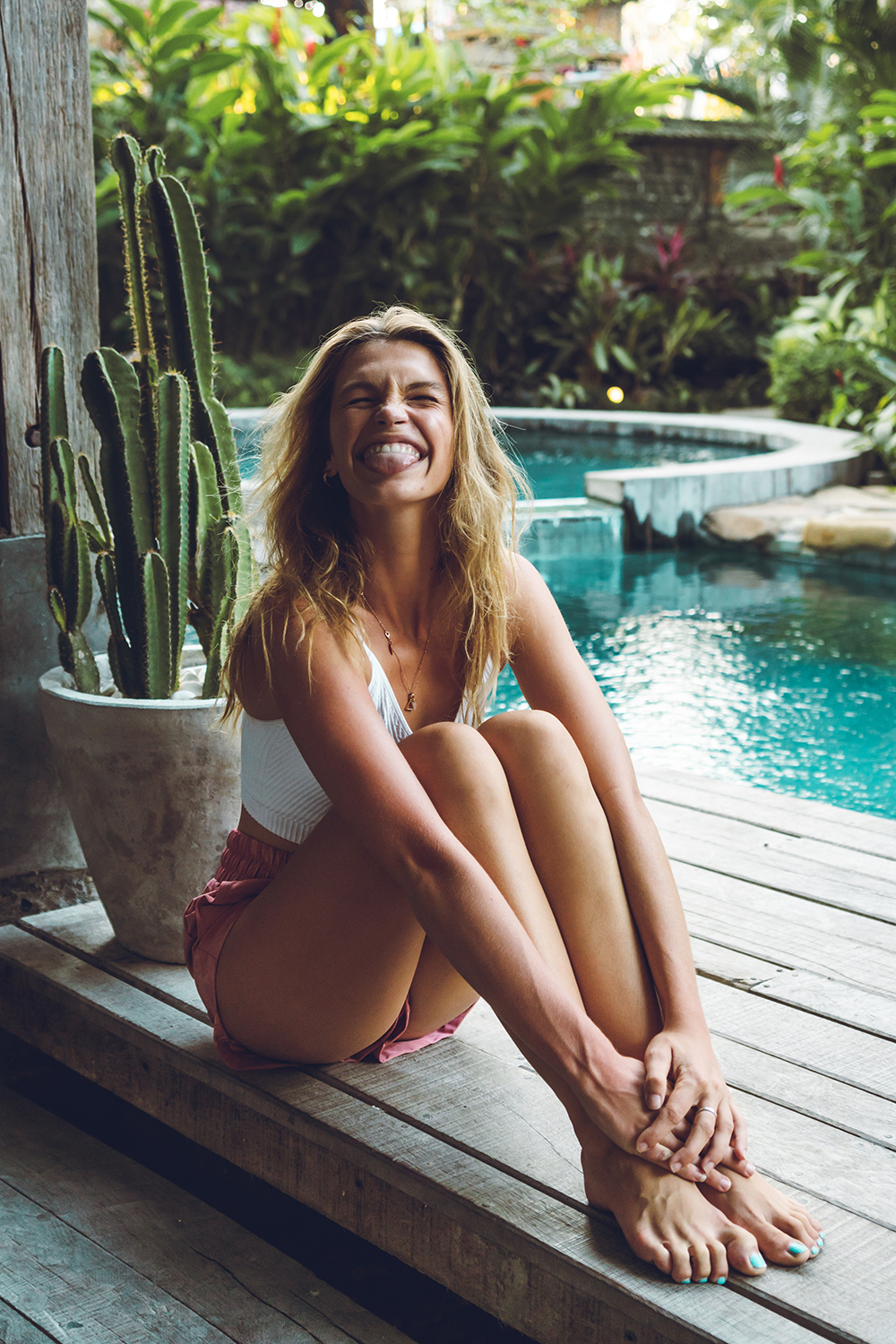
What happened? I showed up.
I showed up for myself, and others. We all showed up for each other.
While I don’t claim to be enlightened, nor to be able to levitate, I did feel a shift in the way I teach and especially in my perception of energy, discipline, strength and perspective.
Perspective gives us a greater vision of our lives in any given situation.
Perspective gives us a much broader awareness of our situation. It breathes life into the very narrow view we have the tendency to fall prey to, in our minds, and through our vision.
And I felt this for most, if not all, of us.
Time kept on moving – as did our bodies. We kept on learning, yet our minds were slowing down to this lake-like quality of focus and control. Even though at the time it may not have felt like it, looking back a week later I do see the evolution from the first few days. We consciously chose to react a certain way, and show up for each other.
Which brings me to my next point.
Why this shift in attitude & perspective?
In week 2 & 3, we really ramped up the content. It’s with our increasing knowledge and self-awareness that we gained a greater understanding in how we perceive the world around us. This helped us shift our attitudes.
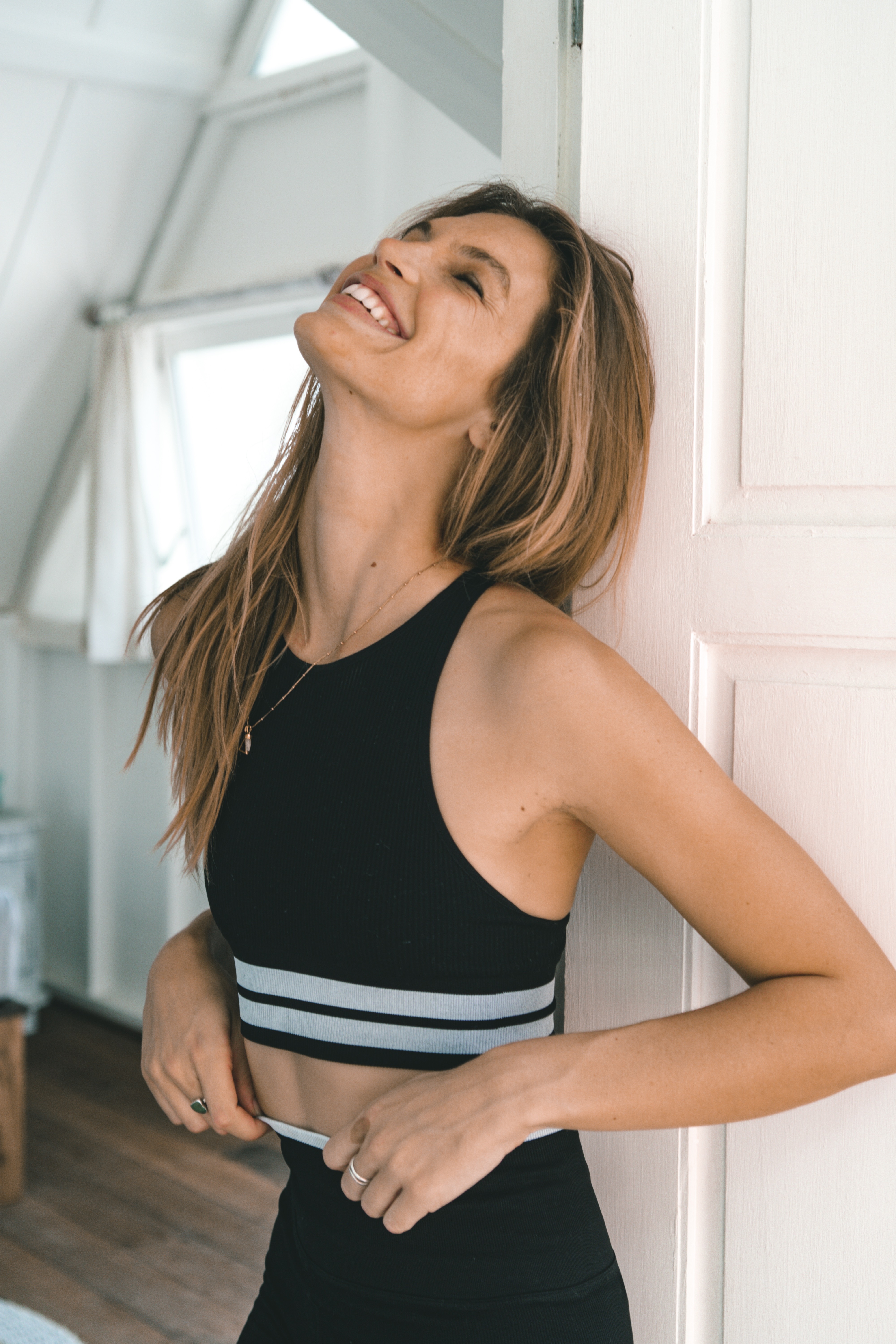
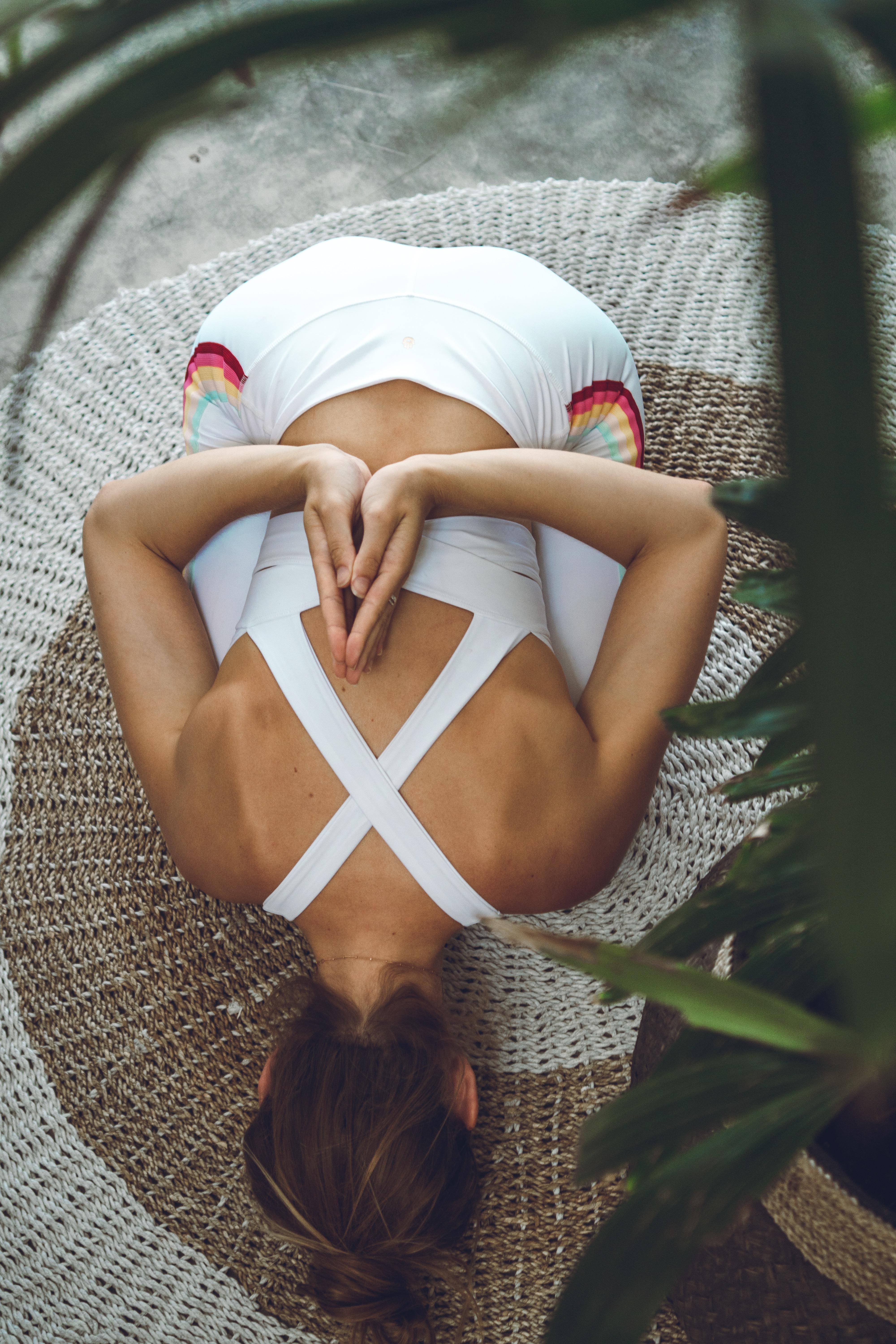
What kind of topics did we cover?
This week was a beautiful blur of concepts that included, but were not limited to, the following:
Anatomy
The importance of posture and body language were great to understand how to queue poses clearly and safely whilst understanding that every body was different, and catering to their differences. Things like the causes of back pain were so valuable at grasping the common injuries students can get, or come to class with.
Taking a full breath
You’d be surprised to find out how much self-awareness it takes to take a proper, full breath. Most of us breath directly into the chest or belly without realising our full breath capacity. One of the most fundamental things we worked on was to fill the body with breath from the pelvic bowl all the way into the stomach and up into the the lungs, right up to the collarbones. It was fascinating to observe as the days went by, our increased abilities and the focus it required. A focus that helped us in meditation. Which brings me to my next point...
Observation and non-expectation in meditation
As our technique and breathing became refined, we started to have stronger experiences in meditation. This was due to the increased concentration required around the length of a full breath. Just think of it this way : The fuller the breath and the slower you take to complete a full inhale and exhale, the longer your concentration. The more you begin to prolong your state of meditation.
Whenever I experienced something in meditation, it was easy to want to chase that sensation the next time I closed my eyes. Instead, I tried to cultivate the discipline of starting each meditation with a clean slate, i.e no expectation whatsoever of the outcome. It was interesting to see how while sometimes nothing would come out of a meditation, each and every experience was different and taught me something new.
Gradually, the time we spent on our mats became subjective. 45 mins easily felt like 15. I’m very grateful we were guided step by step towards this experience that I’d later on love to facilitate with my own students.
Chakra systems
Studying our chakra systems helped me deepen my meditations through visualisation. I had always been curious about how they worked, yet never fully took the time to study them. Understanding what goes on energetically, along with a comprehensive guide towards how we unlock and focus our attention to a particular chakra in the body proved to be extremely beneficial in understanding pranic energy and, later on, vinyasa krama.
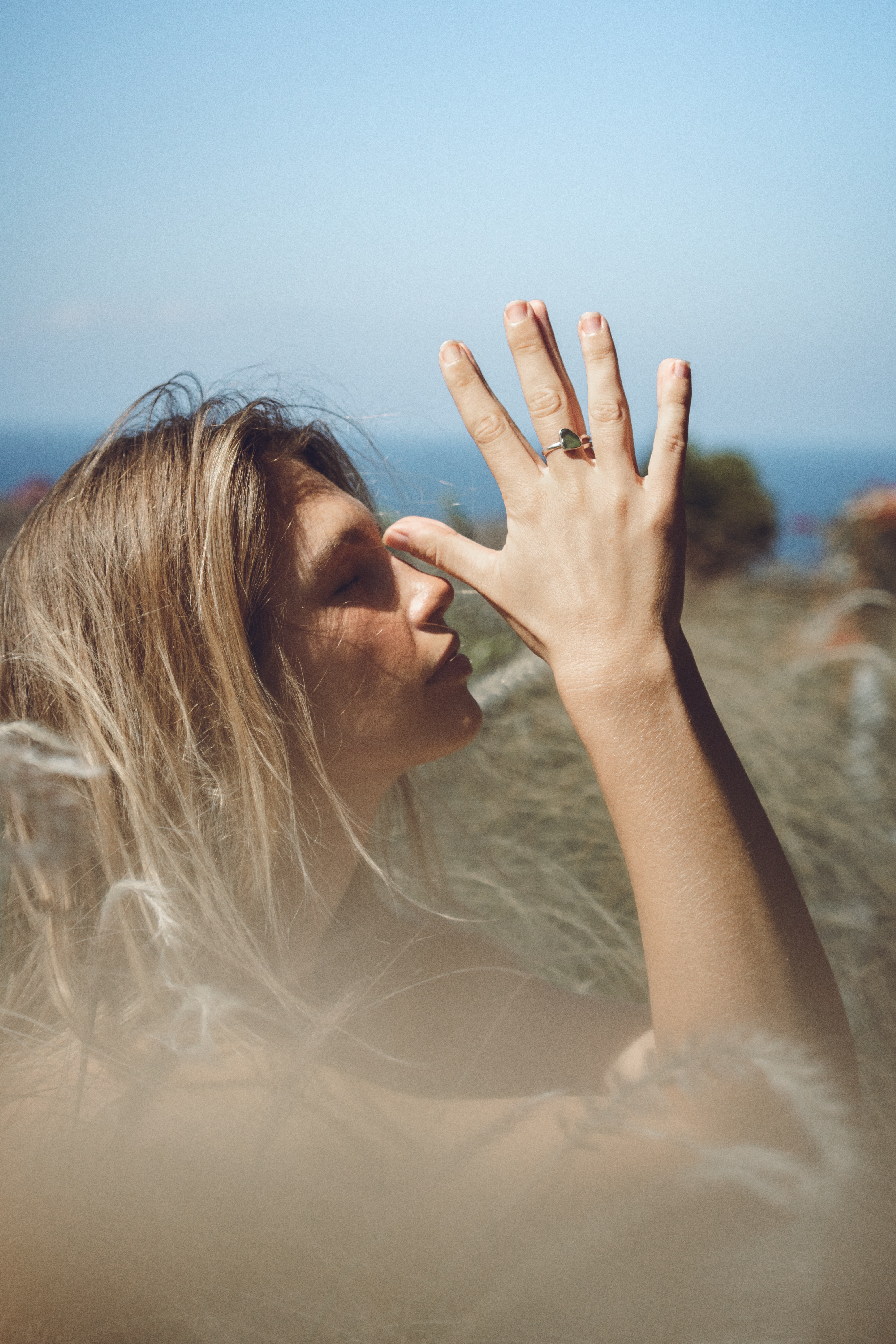
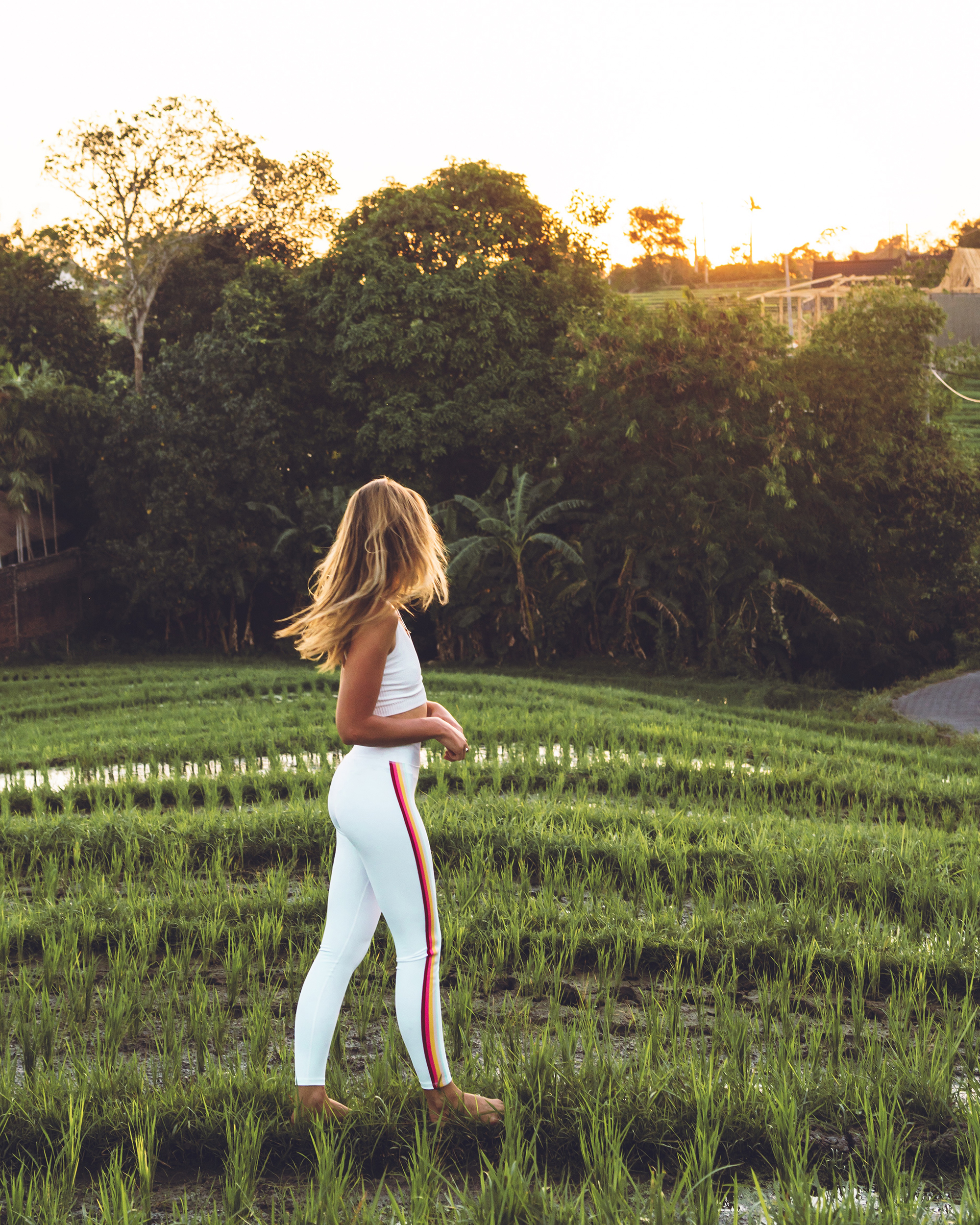
Kundalini Tantra
While we only skimmed the surface, Kundalini Tantra was quite intense to get into and extremely interesting to learn about the energy that navigates through our spine. Let’s just say, everything is in the spine, it’s fascinating — and it’ll probably never stop amazing me with it’s many hidden secrets and capabilities.
Vinyasa Krama
“Vinyasa Krama” means a step by step progression towards a certain goal. One of the most valuable aspects of learning how to intelligently sequence a class was identifying how to create a pranic (energetic) and physical peak. This was probably one of my favourite things to learn as it involved following a blueprint we could adapt and work with to create a class that is both functional and energetically coherent. It was so cool knowing we could orchestrate a sequence and enable students to reach a deep savasana and meditation. I really enjoyed workshopping with other students and creating a class to teach for our final assessment.
Restorative Yoga & Yoga Nidra
Where do I begin? Finding our truest selves starts with D-E-E-P Relaxation. I found this out purely by experiencing it, and what a wonderful experience it was. If you’ve never done it before,Yoga Nidra is a type of guided meditation and savasana that aims to rest the body while maintaining awareness of the conscious mind. Learning how to facilitate a 20 min yoga nidra is extremely beneficial when teaching highly stressed students (thing corporate business people) who need to start slow.
Teaching and taking restorative yoga was also an amazing rest and reset before preparing for our final teaching assignments, which were 2.5 hour lead classes designed by us, taught in groups. The change of pace was a nice way for us to see the benefits of slowing down and taking the time to fully let go.
It’s been a full two weeks! Until the next diary entry, I hope this post inspired you to give meditation a try, even if it’s for 5 or 10 mins. You may surprise yourself.
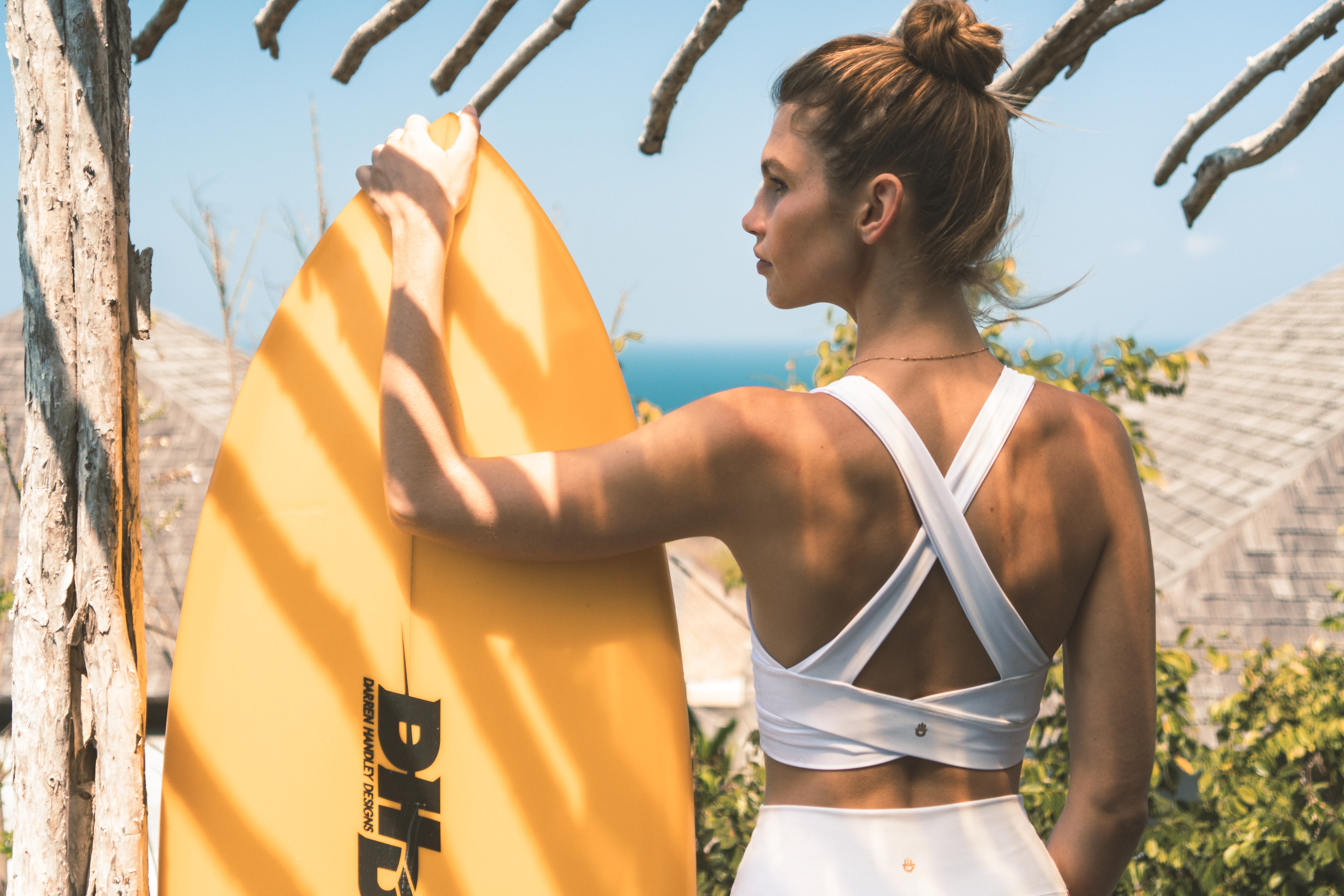
Andy Kovszun aka @noshoes_noworries is a yogi, surfer, barefoot wanderer + Spiritual Gangster based in Sydney, Australia. Follow Andy's adventures on her site No Shoes No Worries and Instagram
Photos by Ellie Bobbie


